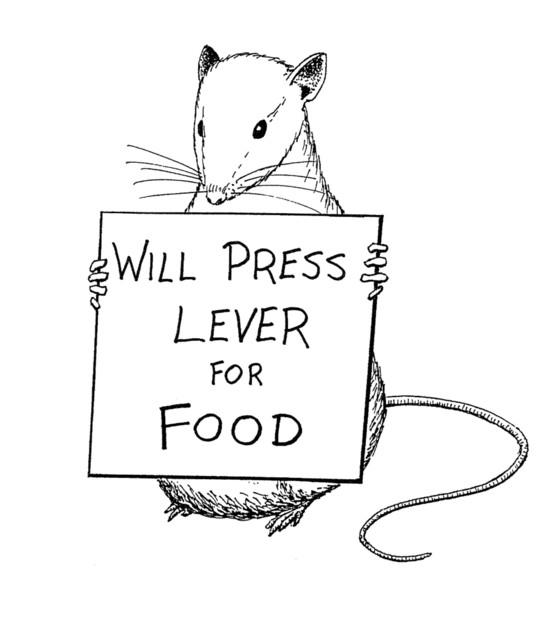he “fourth-grade slump” (Chall et al. 1990) is the phenomenon where some children seem to acquire reading (i.e. pass reading tests) fine in the early grades, but fail to be able to use reading to learn school content in the later grades, when the language demands of that content (e.g. science) get more and more complex
Here's a phrase I've heard a lot regarding this phenomenom: "move students from 'learning to read' to 'reading to learn'"
